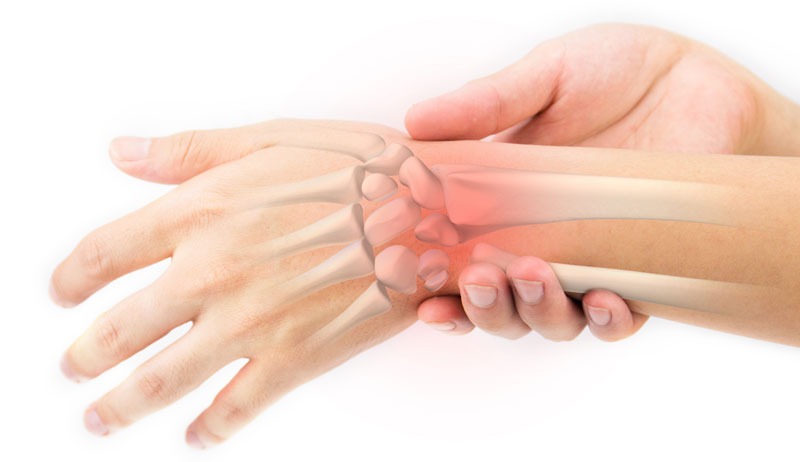
Over View
The triangular fibrocartilage complex (TFCC) is an area between your radius and ulna, the two main bones that make up your forearm. Your TFCC is made of several ligaments and tendons, as well as cartilage. It helps your wrist move and stabilizes your forearm bones when you grasp something with your hand or rotate your forearm
A TFCC tear is a type of injury to this area.
What are the symptoms?
The main symptom of a TFCC tear is pain along the outside of your wrist, though you might also feel pain throughout your entire wrist. The pain may be constant or only appear when you move your wrist or apply pressure to it.
Other symptoms of a TFCC tear include:
- a clicking or popping sound when you move your wrist
- swelling
- instability
- weakness
- tenderness
What causes a TFCC tear?
There are two types of TFCC tears, depending on the cause:
Type 1 TFCC tearsThese tears are caused by an injury. For example, falling and landing on an outstretched hand can damage the cartilage, tendons, or ligaments in your TFCC.
Type 2 TFCC tearsThese tears are caused by the slow breakdown of the cartilage in your TFCC, usually due to age or an underlying condition, such as rheumatoid arthritis or gout.
TFCC tear test
TFCC tears are often diagnosed using the fovea test, also called the ulnar fovea sign. To do this, your doctor will apply pressure to the outside of your wrist and ask if you feel any pain or tenderness. They’ll do the same to your unaffected wrist for comparison.
Non-surgical treatment
The first step in treating TFCC tears is to temporarily stop doing any activities that cause wrist pain while the tear heals. You may need to wear a splint or cast to prevent your wrist from moving. Your doctor will likely recommend about six weeks of physical therapy. This involves doing gentle exercises to help you rebuild strength in your TFCC. If resting your wrist and physical therapy don’t provide any relief, you may need surgery to repair the tear.
Surgery
Surgery to treat a TFCC tear often involves minimally invasive arthroscopy. During this procedure, your doctor will repair the damaged part of your TFCC through a few small incisions around your wrist. In some cases, you may need traditional open surgery.
Living with a TFCC tear
While most people fully recover from a TFCC tear through either physical therapy or surgery, you may still feel mild pain or stiffness in your wrist for several years. Work with your doctor to manage any residual pain or stiffness. Depending on your pain level, you may need to wear a brace while doing certain tasks, or continue to do physical therapy.